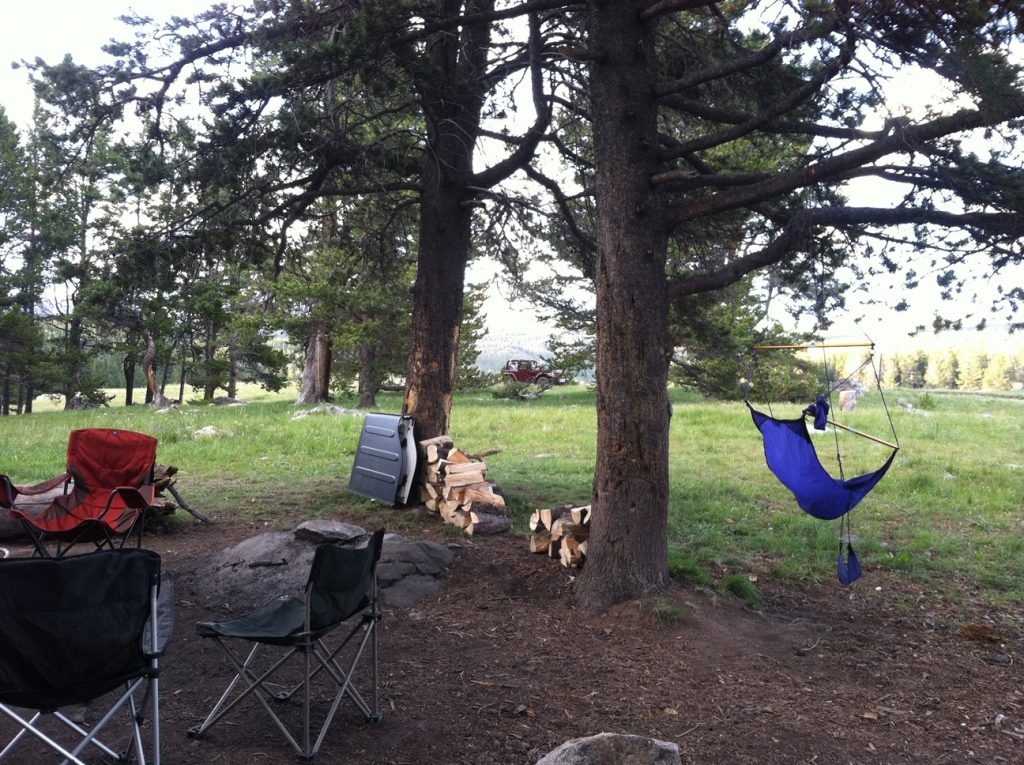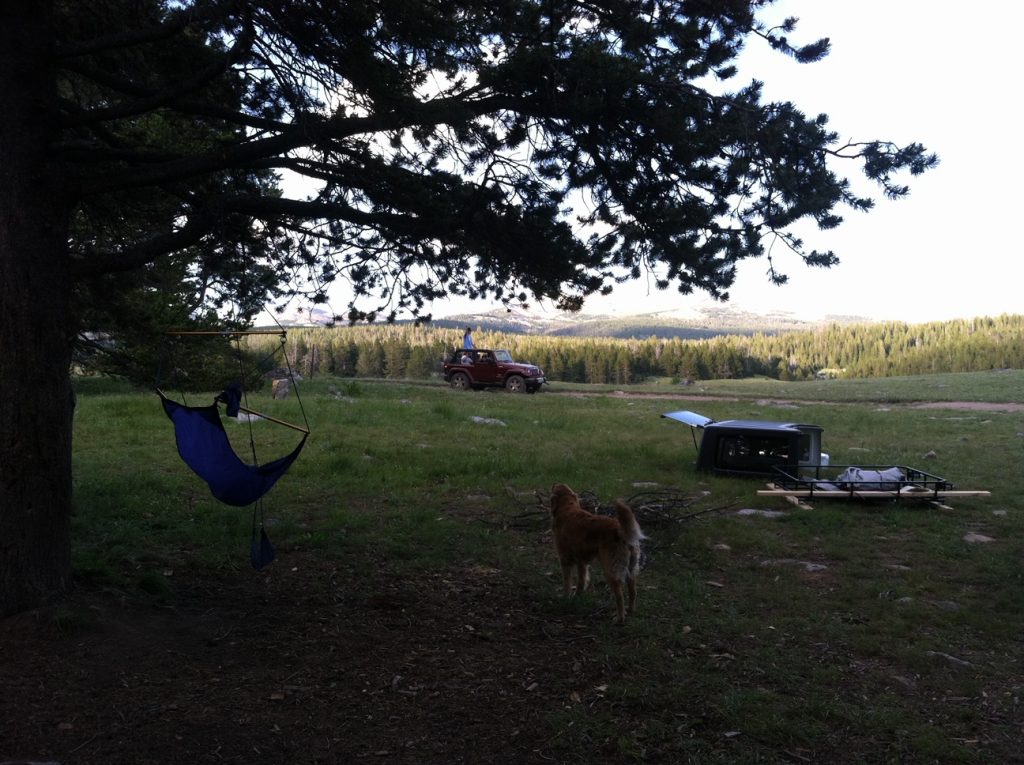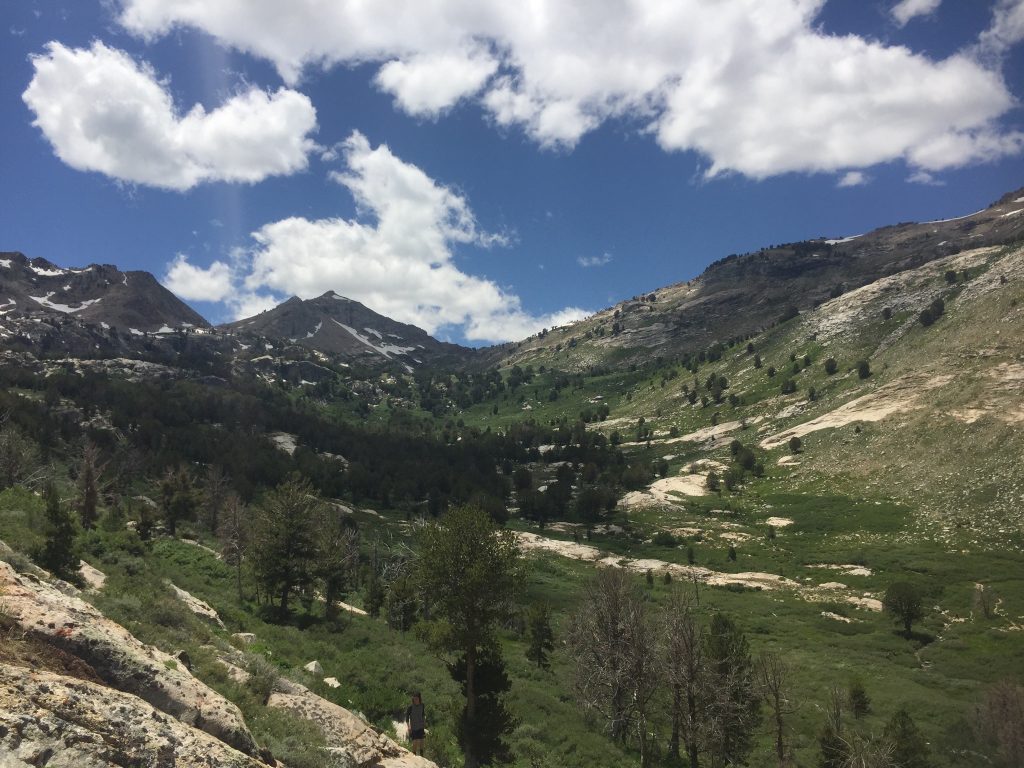
Where to Go
We won’t tell you where to go. We’ll leave that pleasure to your spouse, your partner, or your camping buddies the next time the adventure gets a bit extreme. But what we will do is give you some unsolicited advice about what to look for in a destination – what, in our humble opinion, goes into selecting the perfect camp spot.
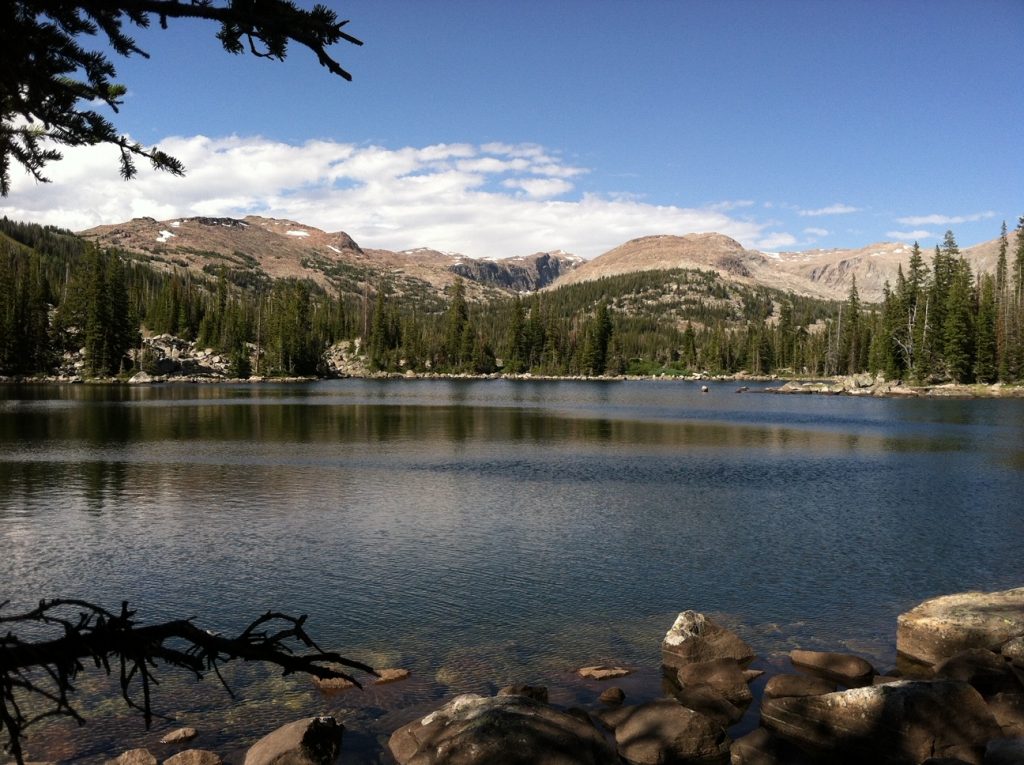
Campgrounds vs. Group Camps vs. Dispersed Camping
We’ve done them all and we have our preference, but what’s best for you depends on your needs, of course. We typically go off-road camping with a group of three to four families, with plenty of kids and dogs in the mix. We need space for plenty of tents, access to water, room for kids and dogs to roam, room for multiple camp kitchens and, of course, room for appropriate toilet facilities. (No, you don’t just get to go crap behind the nearest tree. Gross.) Basically, we need room to not disturb our neighbors with our chaos.
Campgrounds can provide quick access to the basic necessities – flat ground for your tent, water, toilets, and maybe even showers. What they typically don’t provide is the amount of space and privacy we happen to crave. Unless we manage to roll in to and take over a completely empty campground, well, the rules and the neighbors and other people’s dogs, they just don’t work well for us.
Some National Forest Service campgrounds do provide group camp sites, which can be a great option. Designated group camp sites are very nice when you have more than just a couple of families traveling together, and you only want to deal with your own chaos. With proper prior planning, you get can get space and the requisite amenities for a relatively small fee. No worries about setting up toilets or where to get water. It’s a particularly nice option if you are camping where it is very dry. When fire danger is getting high, sometimes you are still allowed to have camp fires in campgrounds with designated fire rings, when you wouldn’t be able to have a fire in other places in the National Forest. However, it does take prior proper planning to score a group camp site – you need to reserve your group camp sites well in advance.
So what are adventurous, free-spirited, spontaneous, go-where-the-wind-takes-us kind of campers to do? Go where the two-track road leads us, of course, into the world of dispersed camping.
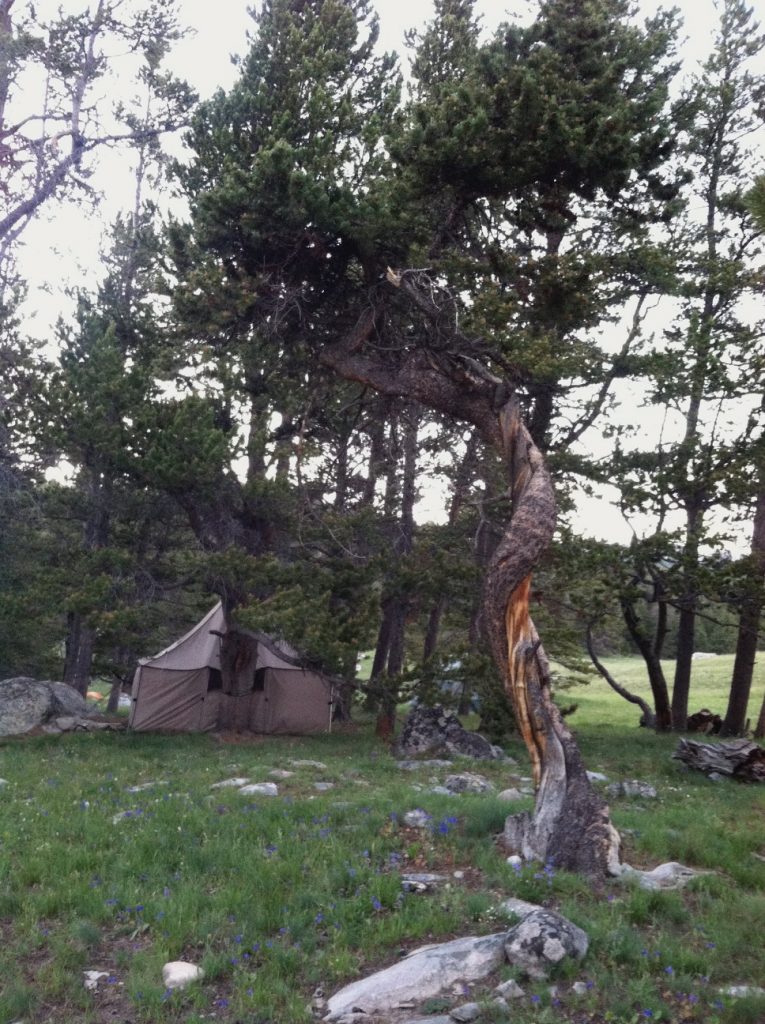
Dispersed camping means camping anywhere on public lands (in the National Forest or on Bureau of Land Management (BLM) land), outside of a campground. You provide your own amenities. You bring your own water, remove your own trash, and take care of your own toilet facilities. (No, you don’t just get to go crap behind the nearest tree. Gross.) Dispersed camping might sound like a lot of work, but really, it’s not. You need to carry water, set up a tent, and make a comfy bed no matter where you camp. The real barrier to dispersed camping, what stops most people short, is the toilet. So, the number one (and number two!) thing we need to talk about is the toilet.
Stinky, rickety toilets are no fun for anyone, even for a few short days. If you want to go overland camping, having a clean and comfortable toilet experience in base camp is a must for dispersed camping. It’s what enables our crew to keep on camping, for weeks at a stretch, year after year. Our camp potties smell nicer than campground toilets, are cleaner than gas station toilets, tend to have an amazing view, and leave no trace. As big as the forest is, it’s still really important to leave no trace. Some of the best dispersed camping locations we’ve seen over the years have ultimately been closed down due to people not cleaning up after themselves in the poop department. And there’s nothing more disappointing and disgusting than coming upon what would have been the PERFECT campsite, only to find it trashed with human waste and toilet paper. (No, you don’t just get to go crap behind the nearest tree. Gross.) There’s absolutely no reason for that. Having a good camp latrine is cheap and easy, and benefits everyone. But I digress. See my next blog post for details on our recipe for dispersed camping toilet success.
In general, when looking for a great dispersed camping location, things that are important to us include:
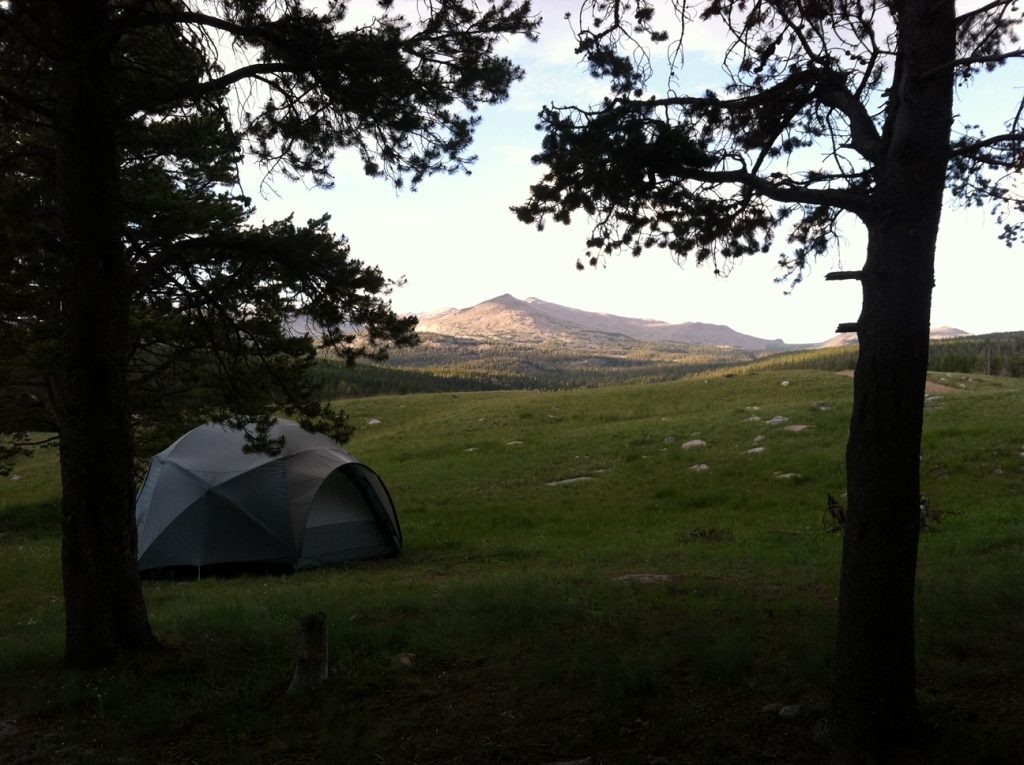
- A site with plenty of room for all the tents our group needs
- A mix of sun and shade, with plenty of room to roam
- A large, relatively flat camp fire ring area with room for camp kitchens
- Access to a stream or creek
- Proximity to good hiking up to mountain lakes or other cool sites
- A site set back a little way from the access road
- Access to firewood
- Space for the camp toilet(s)
- Space for rain tarps and a screen tent
- Good hammock trees
- Open breezy space
There’s a lot of places in this big wide world that meet all of these criteria. Where will you start exploring? Grab some BLM maps or National Forest Service maps, and start dreaming.

